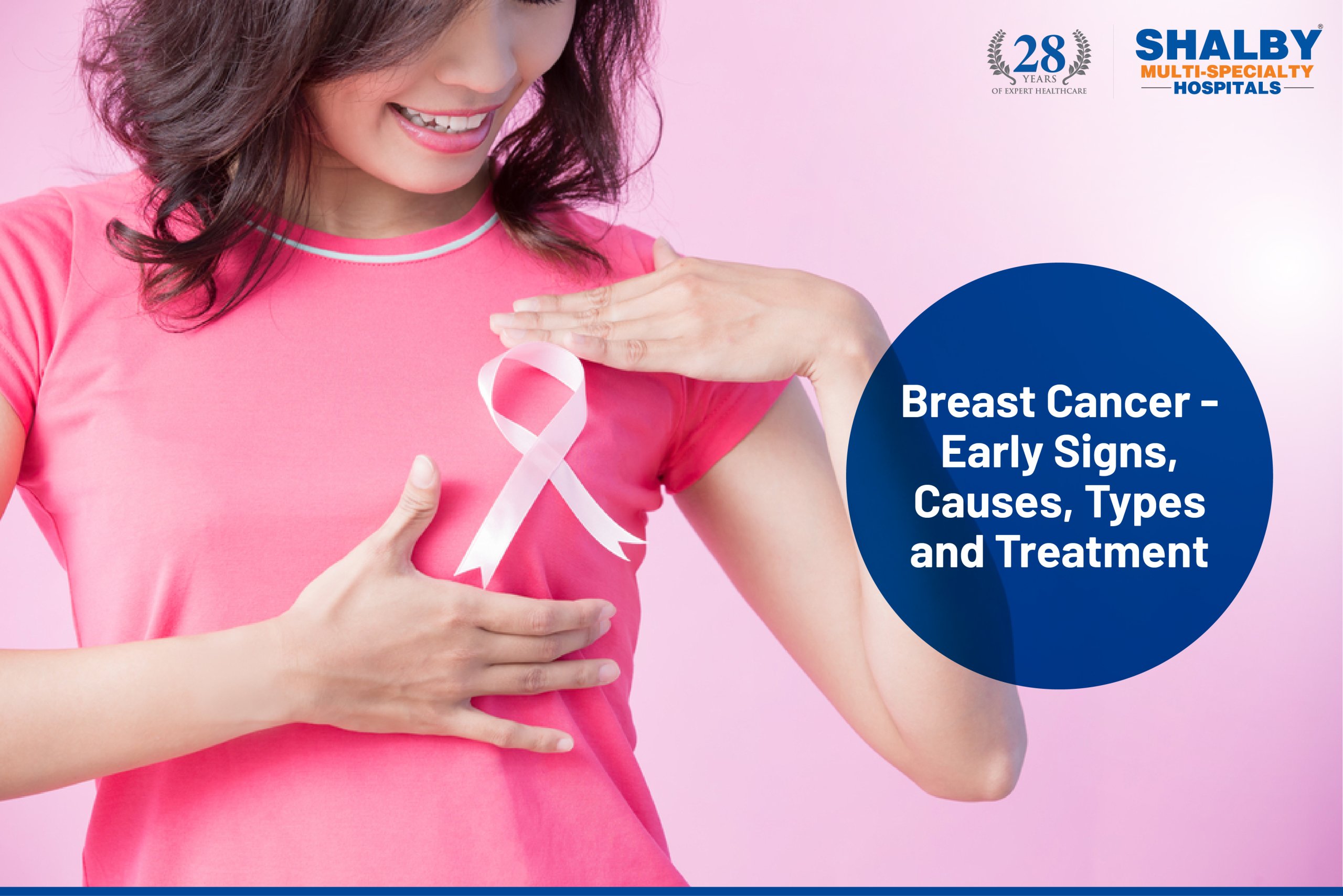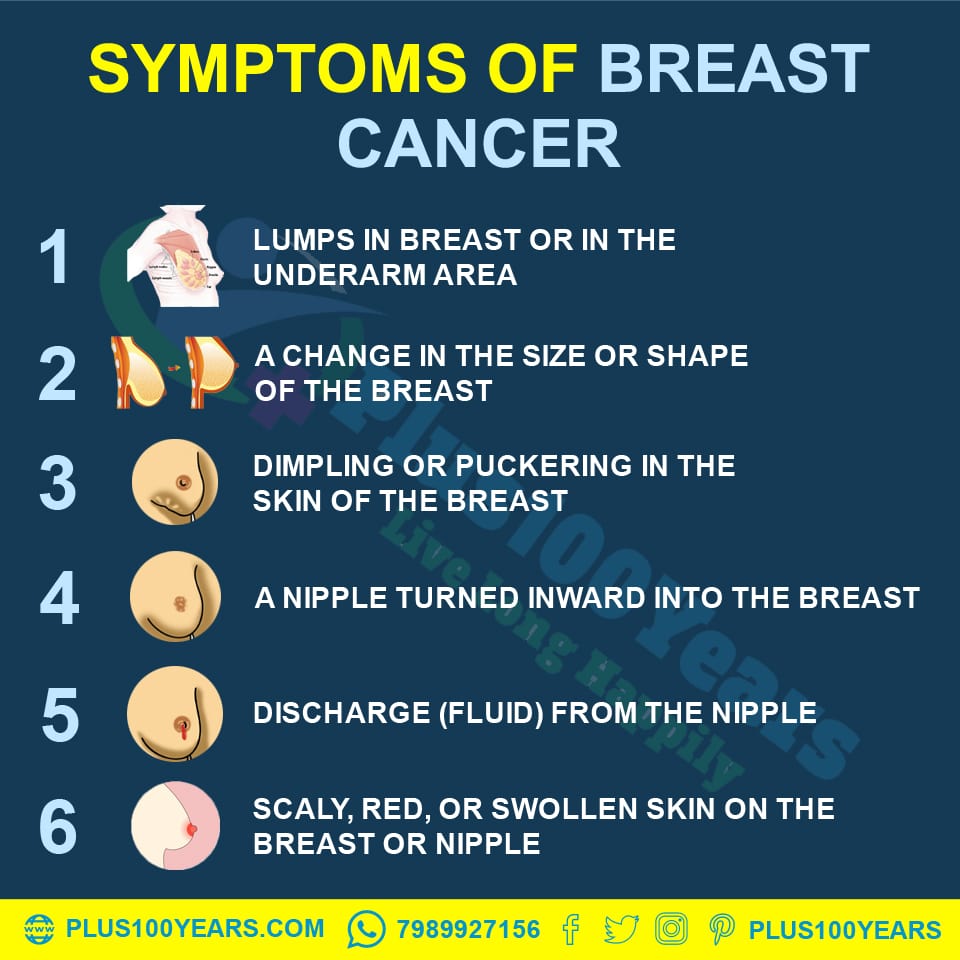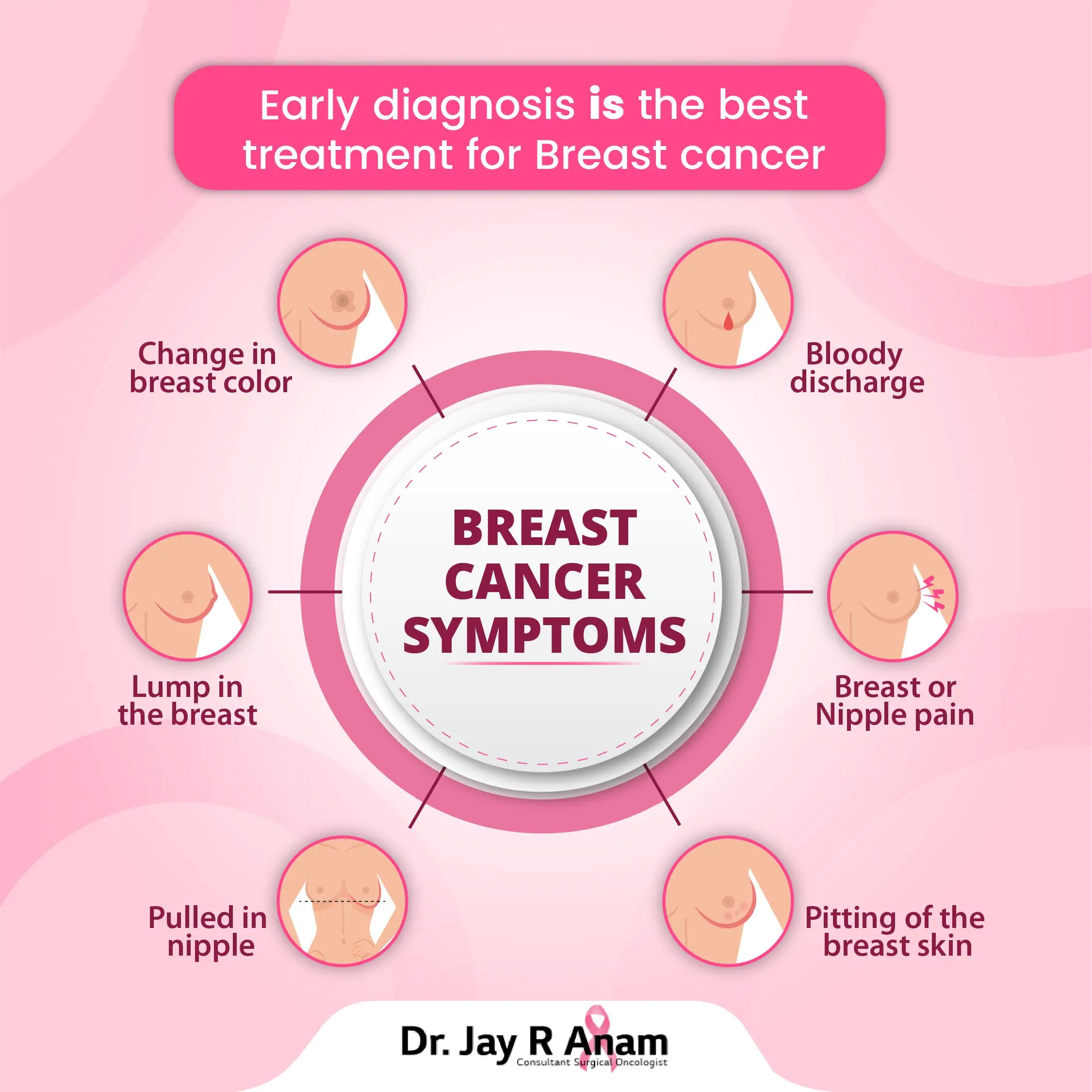Breast Cancer

Breast cancer is a complex disease that affects millions of people worldwide. It occurs when abnormal cells in the breast grow uncontrollably, forming a tumor. Understanding the different types of breast cancer, the risk factors, and the latest advancements in research and treatment is crucial for effective prevention, early detection, and successful management of this disease.
Types of Breast Cancer
Breast cancer is classified into different types based on the specific cells involved and their characteristics. These classifications help doctors determine the most appropriate treatment plan for each individual.
- Invasive Ductal Carcinoma (IDC): The most common type, IDC originates in the milk ducts and spreads to surrounding tissues.
- Invasive Lobular Carcinoma (ILC): ILC originates in the milk-producing lobules and spreads to surrounding tissues.
- Ductal Carcinoma in Situ (DCIS): Non-invasive cancer that remains confined to the milk ducts.
- Lobular Carcinoma in Situ (LCIS): Non-invasive cancer that remains confined to the milk lobules.
- Inflammatory Breast Cancer (IBC): A rare and aggressive type that causes inflammation and swelling in the breast.
Risk Factors
While the exact cause of breast cancer is unknown, certain factors can increase the risk of developing the disease.
- Age: The risk of breast cancer increases with age, with most cases diagnosed in women over 50.
- Family History: Having a close relative with breast cancer significantly increases the risk.
- Genetics: Certain gene mutations, such as BRCA1 and BRCA2, can increase the risk of breast cancer.
- Race and Ethnicity: Black women have a higher risk of developing breast cancer than white women.
- Lifestyle Factors: Factors such as obesity, lack of physical activity, and alcohol consumption can increase the risk.
Advancements in Research and Treatment
Significant progress has been made in breast cancer research and treatment, leading to improved survival rates and better quality of life for patients.
- Targeted Therapies: These therapies focus on specific molecules involved in cancer growth, reducing side effects and improving treatment effectiveness.
- Immunotherapy: This approach uses the body’s immune system to fight cancer cells.
- Precision Medicine: This approach uses genetic and molecular information to tailor treatment plans to individual patients.
- Early Detection: Advances in imaging technologies, such as mammograms and MRI scans, have improved early detection rates, leading to better outcomes.
Stages of Breast Cancer Development
Breast cancer development is typically divided into stages based on the size of the tumor, whether it has spread to nearby lymph nodes, and whether it has metastasized to distant organs.
Stage 0: DCIS or LCIS, where cancer cells are confined to the milk ducts or lobules.
Stage I: Tumor is small and hasn’t spread to lymph nodes.
Stage II: Tumor is larger or has spread to nearby lymph nodes.
Stage III: Tumor is larger and has spread to nearby lymph nodes, or the cancer has spread to other tissues near the breast.
Stage IV: Cancer has metastasized to distant organs, such as the lungs, bones, or brain.
Diagnosis and Screening: Breast Cancer

Early detection is crucial for successful breast cancer treatment. Regular screening allows for the identification of cancer in its earliest stages, when it is most treatable. This leads to better treatment outcomes, including higher survival rates and less invasive treatments.
Mammograms
Mammograms are X-ray images of the breast tissue. They are the most common screening tool for breast cancer. Mammograms can detect tumors that are too small to be felt. The American Cancer Society recommends annual mammograms for women starting at age 45. Women with a higher risk of breast cancer may need to start screening earlier.
Ultrasound
Ultrasound uses sound waves to create images of the breast tissue. It is often used to further investigate abnormalities found on a mammogram. Ultrasound can also be used to guide biopsies.
Biopsy
A biopsy is the removal of a small sample of breast tissue for examination under a microscope. A biopsy is the only way to definitively diagnose breast cancer.
Importance of Early Detection
Early detection of breast cancer is critical for successful treatment. When cancer is detected early, it is more likely to be small and localized. This allows for less invasive treatment options, such as surgery alone. Early detection also increases the chances of a complete cure.
Benefits and Limitations of Diagnostic Tools
Mammograms
- Benefits: Highly effective at detecting breast cancer in its early stages, widely available, relatively inexpensive.
- Limitations: Can produce false positives, may not detect all cancers, not recommended for all women (e.g., those with dense breast tissue).
Ultrasound
- Benefits: Can differentiate between solid and cystic masses, can be used to guide biopsies, does not use radiation.
- Limitations: Not as effective as mammograms at detecting small tumors, may not be able to distinguish between benign and malignant tumors.
Biopsy
- Benefits: Provides a definitive diagnosis, allows for the determination of the type and stage of cancer.
- Limitations: Can be invasive, may cause discomfort or pain.
Common Symptoms of Breast Cancer
The table below summarizes common symptoms of breast cancer and their potential causes:
| Symptom | Potential Causes |
|---|---|
| Lump or thickening in the breast | Breast cancer, fibroadenoma, cyst, mastitis |
| Change in breast size or shape | Breast cancer, hormonal changes, pregnancy, weight gain |
| Nipple discharge | Breast cancer, infection, hormonal changes |
| Nipple retraction | Breast cancer, scarring, hormonal changes |
| Redness or dimpling of the skin | Breast cancer, infection, inflammation |
| Pain in the breast | Breast cancer, fibrocystic breast disease, injury |
Treatment Options and Management

Once a breast cancer diagnosis is made, the next step is to determine the most appropriate treatment plan. This involves a careful evaluation of the tumor’s characteristics, the patient’s overall health, and their personal preferences. There are several treatment options available, each with its own potential benefits and risks. These options are often used in combination to achieve the best possible outcome.
Surgery
Surgery is a common treatment for breast cancer, and it aims to remove the cancerous tumor and surrounding tissue. The type of surgery depends on the size and location of the tumor, as well as the stage of the cancer. Some common surgical procedures include:
- Lumpectomy: This procedure removes only the tumor and a small amount of surrounding tissue. It is often used for early-stage breast cancers.
- Mastectomy: This procedure removes the entire breast. It is typically used for larger tumors or when there is a high risk of the cancer returning.
- Sentinel lymph node biopsy: This procedure removes a few lymph nodes near the tumor to check for cancer spread. It is often performed in conjunction with lumpectomy or mastectomy.
Surgery can be effective in removing the tumor and preventing it from spreading. However, it can also have side effects such as pain, swelling, and infection. In some cases, surgery may also affect the appearance of the breast and can lead to lymphedema, a condition that causes swelling in the arm or hand.
Chemotherapy
Chemotherapy is a type of treatment that uses drugs to kill cancer cells. It is often used to treat breast cancer that has spread beyond the breast or to reduce the risk of the cancer returning. Chemotherapy is typically administered through intravenous injections or pills. It can have a wide range of side effects, including:
- Hair loss: This is a common side effect of chemotherapy, but hair usually grows back after treatment is complete.
- Nausea and vomiting: These side effects can be managed with anti-nausea medications.
- Fatigue: Chemotherapy can make you feel tired and weak. It is important to get enough rest and avoid strenuous activities.
- Mouth sores: Chemotherapy can cause sores in your mouth, making it difficult to eat. You may need to eat soft foods or use a mouthwash to soothe the sores.
- Bone marrow suppression: Chemotherapy can reduce the number of blood cells in your body, making you more susceptible to infection. You may need to receive blood transfusions or other treatments to boost your blood cell count.
Radiation Therapy
Radiation therapy uses high-energy rays to kill cancer cells. It is often used after surgery to reduce the risk of the cancer returning. It can also be used to shrink a tumor before surgery or to relieve pain from advanced breast cancer. Radiation therapy is typically administered in daily sessions for several weeks. Side effects can include:
- Skin irritation: The skin in the area being treated may become red, sore, or dry.
- Fatigue: Radiation therapy can make you feel tired and weak.
- Breast swelling: Radiation therapy can cause swelling in the breast.
- Hot flashes: This is a common side effect of hormone therapy, especially in women going through menopause.
- Vaginal dryness: Hormone therapy can cause vaginal dryness, which can make sex uncomfortable.
- Mood swings: Hormone therapy can affect your mood and cause depression or anxiety.
- Bone loss: Hormone therapy can increase the risk of osteoporosis, a condition that weakens bones.
- Diagnosis: A breast cancer diagnosis is confirmed through biopsy and imaging tests.
- Staging: The stage of the cancer is determined based on the size of the tumor, the spread of the cancer to nearby lymph nodes, and whether it has metastasized to other parts of the body.
- Treatment Options: The medical team presents various treatment options based on the stage of the cancer, patient’s health, and personal preferences.
- Discussion and Decision: The patient and their doctor discuss the potential benefits and risks of each treatment option and choose the most appropriate plan.
- Treatment Implementation: The chosen treatment plan is implemented, and the patient is monitored closely for any side effects or complications.
- Follow-Up: Regular follow-up appointments are scheduled to monitor the effectiveness of the treatment and to detect any signs of recurrence.
Hormone Therapy
Hormone therapy is used to treat breast cancers that are fueled by hormones, such as estrogen and progesterone. It works by blocking the effects of these hormones or by reducing their production. Hormone therapy can be administered in various ways, including pills, injections, or implants. Common side effects include:
The decision of which treatment option is best for you will depend on a variety of factors, including the type and stage of your cancer, your overall health, and your personal preferences. It is important to discuss all of your treatment options with your doctor so that you can make an informed decision.
Decision-Making Process
The decision-making process for choosing a treatment plan is complex and involves a collaborative effort between the patient and their medical team. The following flowchart Artikels the key steps involved:
The decision-making process can be challenging and emotionally taxing. It is important to have a strong support system in place and to seek guidance from your doctor and other trusted healthcare professionals.
Personal Stories and Experiences
Breast cancer survivors often share their stories to provide hope and encouragement to others going through the same journey. These stories highlight the importance of support, resilience, and the power of human connection. One survivor, Sarah, shared her experience of undergoing chemotherapy and radiation therapy. She described the physical and emotional challenges she faced, but she also emphasized the importance of having a strong support system that helped her through difficult times. She credited her friends and family for their unwavering support, as well as the support groups she attended, which provided a sense of community and shared understanding. Sarah’s story is a testament to the fact that even in the face of adversity, hope and resilience can prevail.